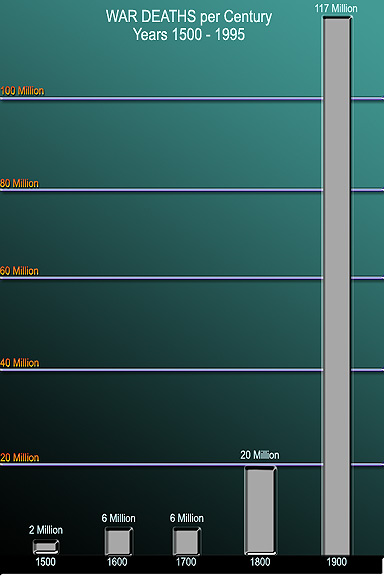Description
Psychology in War
Global Justice Publishing is a non-profit organization that accepts donations for a copy of the book.
15,000 Wars…and Counting
Wars are a disease as common as the cold, but because wars are not recognized as illness, they go on untreated, becoming, surely, the most unattended affliction in history. Like a virus, wars leapfrog from generation to generation, but rather than being a disease of the body, they spread across the minds and ideas of men.Here, for the first time, is a comprehensive view of how ideas degenerate into aggression and wars, killing us at a record pace and leading human beings to their own final destruction.
- Crawl into the mindset of a war criminal
- Discover that wars are not a function of instinct
- Begin the journey from despair to hope
- Join the author in dissecting the mental illness of wars
- Learn about the mental health of a peaceable world
The author served in the U.S. Navy from 1963 to 1968 and held a top-secret clearance in electronic communications. He was shocked by what he witnessed in a high-security war room. Bo began studying psychology in 1968 and received a Masters Degree in Psychology in 1979. He continued to read avidly and broadly, then, in 1986, an amalgamation of 18 years of research took place. Here is the first book of six that will take the reader on a journey from the cause of aggression to the cure of wars.
“I find you have undertaken a tremendous job, and made a significant effort in linking the psychological causes of aggression to their relationship with war. While our studies are linked to sociology, political sciences, and international relations, clearly the psychological aspects go a long way to explain motivations and behaviours that influence and color the picture of the causes of war. They all start with people after all! I realize aswell that this is the beginning of a series of books expanding on these topics. We have a module in our program, that deals with Post Traumatic syndrome and another with the root causes of conflict, both could benefit tremendously from your work.”
—Paz G. Buttedahl, Ph.D., Director, Human Security and Peacebuilding Programme, Royal Roads University

Source: Arms Control & Disarmament Agency – 1995
“According to U.N. Development Fund for Women, 15 percent of wartime casualties in World War I were civilians. In World War II, 65 percent were civilians. By the mid ’90s, over 75 percent of wartime casualties were civilians.”



Reviews
There are no reviews yet.